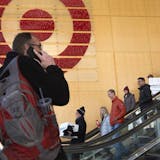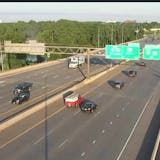As population growth slows across Minnesota and the country, some Twin Cities’ outer-ring suburbs are seeing growth rates accelerate since the COVID-19 pandemic, new regional estimates show.
It’s a marked shift from the 2010s, when the biggest gains occurred in the urban core. Population growth in Minneapolis, St. Paul and many inner-ring suburbs has stagnated in recent years, or even declined.
In suburbs farther out, however, construction of new housing — primarily single-family homes and townhouses — is driving faster growth. The northwest metro city of Dayton saw its population increase by 40% between 2020 and 2023, according to new estimates from the Metropolitan Council. Lakeville added 5,700 residents over the same time period, the most of any city in the metro.
It’s a revival of trends seen at the turn of the century.
“Our growth levels and the distribution of growth in the region look pretty much like they did in the 2000s,” said Matt Schroeder, senior researcher for the Met Council. “But the underlying dynamics are somewhat different.”
Demographers have predicted slower growth in the region for a long time because of lower birth rates, aging and a decline in international immigration. Some of those trends quickened at the peak of the pandemic, as mortality rates increased and immigration dropped off more steeply, Schroeder said.
But the Met Council’s population estimates — calculated each year between the U.S. Census Bureau’s decennial head count — rely heavily on housing data.
The average size of a household has been shrinking for some time, at least partly in response to aging and lower birth rates. The decline is more drastic in the urban center, where many of the units added in recent years have been studios and one-bedrooms that may be less attractive to families.



